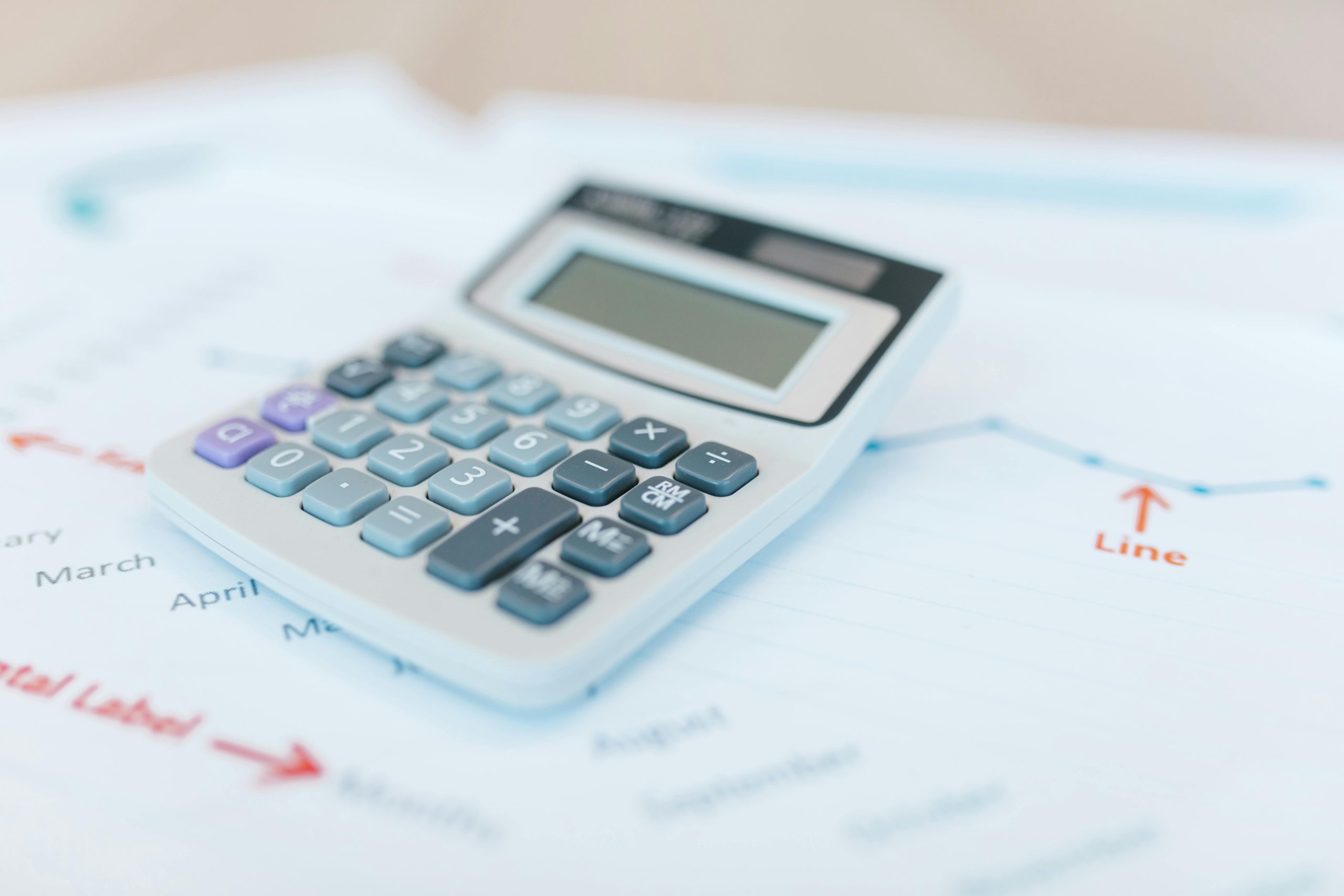Managing your money effectively starts with a solid monthly budget. Yet, many people struggle to create one that actually works—either because they find it too restrictive, too complicated, or simply unsustainable. The truth is, a well-crafted budget doesn’t limit your freedom; it gives you control over your finances, reduces stress, and helps you achieve your financial goals. Whether you’re saving for a big purchase, paying off debt, or just trying to keep your spending in check, this step-by-step guide will walk you through how to create a monthly budget that works for you.
Why a Monthly Budget Is Essential
A monthly budget is more than just tracking expenses—it’s a roadmap for your financial health. Without one, it’s easy to overspend, miss savings opportunities, or fall into debt. Here’s why budgeting matters:
- Financial Awareness: A budget helps you understand where your money is going, so you can make informed decisions.
- Debt Prevention: By allocating funds wisely, you avoid unnecessary borrowing and high-interest debt.
- Goal Achievement: Whether it’s buying a home, traveling, or retiring early, a budget keeps you on track.
- Emergency Preparedness: Setting aside money for unexpected expenses ensures you’re never caught off guard.
If you’ve tried budgeting before and failed, don’t worry. The key is to find a method that fits your lifestyle—not the other way around.
Step 1: Calculate Your Monthly Income
Before you can budget, you need to know exactly how much money you have coming in each month. Start by listing all reliable sources of income, including:
- Salary (after taxes and deductions)
- Side hustles or freelance work
- Investment income
- Rental income
- Government benefits
Pro Tip: If your income varies, use an average of the last three to six months to create a realistic baseline.
Step 2: Track and Categorize Your Expenses
Next, list all your monthly expenses. Break them into two categories: fixed and variable.
Fixed Expenses (Necessities)
- Rent or mortgage
- Utilities (electricity, water, internet)
- Insurance (health, car, home)
- Loan payments (student loans, car payments)
- Groceries
Variable Expenses (Flexible Spending)
- Dining out
- Entertainment (movies, subscriptions)
- Shopping (clothing, gadgets)
- Travel
Use bank statements or budgeting apps to track every dollar spent. This step reveals spending patterns and areas where you can cut back.
Step 3: Set Financial Goals
A budget is meaningless without clear goals. Ask yourself:
- Do I want to pay off debt?
- Am I saving for an emergency fund?
- Do I have long-term goals like buying a house or retiring early?
Prioritize these goals and assign a monthly dollar amount to each. For example:
- Short-term: Save $500 for an emergency fund.
- Mid-term: Pay off $3,000 in credit card debt within a year.
- Long-term: Contribute $300 monthly to a retirement account.
Having specific targets keeps you motivated and accountable.
Step 4: Create and Adjust Your Budget
Now, subtract your total expenses and savings goals from your income. If you have money left over, allocate it to extra savings or discretionary spending. If you’re overspending, look for areas to trim—like dining out or unused subscriptions.
Popular budgeting methods include:
- 50/30/20 Rule: 50% needs, 30% wants, 20% savings/debt.
- Zero-Based Budgeting: Every dollar is assigned a purpose, leaving no unallocated funds.
- Envelope System: Cash-only spending for variable categories to prevent overspending.
Experiment to find what works best for you, and don’t be afraid to adjust as needed.
Step 5: Monitor and Refine Regularly
A budget isn’t a one-time task—it’s a living document. Review it weekly or monthly to:
- Track progress toward goals.
- Identify overspending early.
- Adjust for life changes (new job, moving, etc.).
Use budgeting tools like spreadsheets, apps (Mint, YNAB), or even a simple notebook to stay organized.
Conclusion
Creating a monthly budget that works isn’t about deprivation—it’s about empowerment. By understanding your income, tracking expenses, setting goals, and staying flexible, you’ll gain control over your finances and reduce stress. Remember, the best budget is the one you can stick to. Start small, stay consistent, and watch your financial confidence grow. With these steps, you’re well on your way to mastering your money and achieving your dreams.
